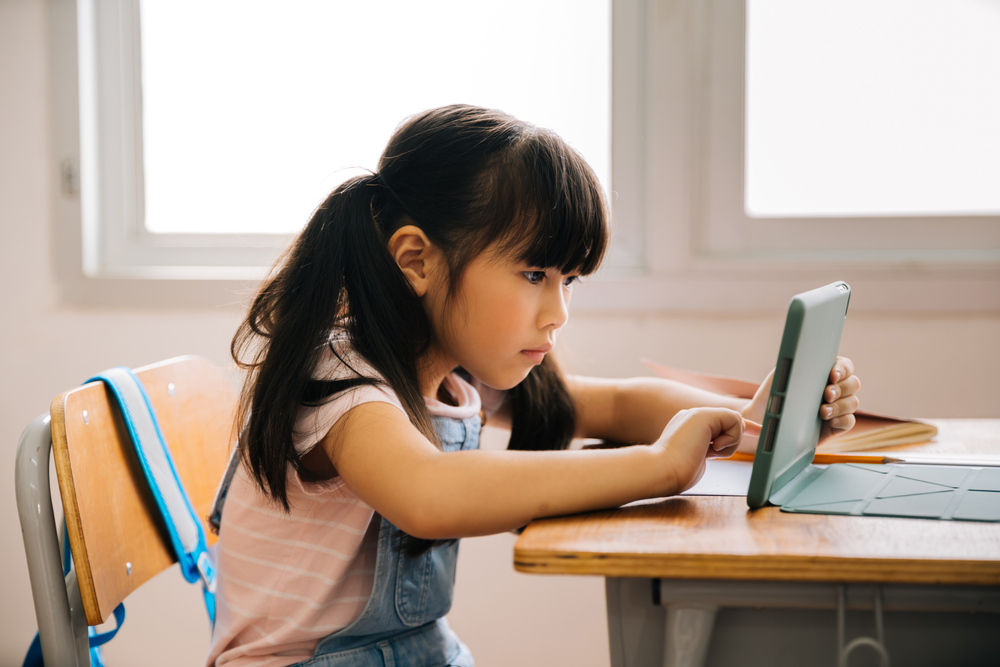
In today’s tech-driven world, digital devices are an everyday part of life for both adults and children. Whether it’s for school, entertainment, or communication, screen time has become nearly unavoidable. But with increased screen use comes growing concern about its impact on eye health, particularly the development and progression of myopia, or nearsightedness.
The Link Between Screen Time and Myopia
Myopia is a condition where distant objects appear blurry while close-up vision remains clear. It’s becoming increasingly common in children, and one of the key contributing factors is prolonged near work - such as reading, studying, or looking at digital screens.
When children spend long hours focusing on screens without adequate breaks, it can lead to visual fatigue and increased stress on the eyes. Studies suggest that this kind of sustained near work, especially when done indoors and without exposure to natural light, may increase the risk of myopia development and progression.
Incorporating Healthy Screen Time Habits
To help protect your child’s vision and promote healthier screen use, consider the following habits:
Follow the 20-20-20 rule: Every 20 minutes, encourage your child to look at something 20 feet away for at least 20 seconds.
Limit recreational screen time: The American Academy of Pediatrics recommends limiting screen time for children over the age of 2 to no more than two hours per day.
Create a balanced schedule: Encourage regular outdoor play, which has been shown to help slow the onset and progression of myopia.
Maintain proper posture and lighting: Ensure your child holds devices at a comfortable distance (at least 18–24 inches from the eyes) and uses screens in well-lit areas to reduce eye strain.
The Importance of Regular Pediatric Eye Exams
Early detection is key when it comes to protecting your child’s vision. Many children may not notice or report vision problems, which is why comprehensive eye exams are essential. Pediatric eye exams can identify signs of myopia early and allow for timely intervention. Regular visits to an optometrist help monitor your child’s vision development, detect any progression of myopia, and assess whether further treatment is necessary.
When to Consider Myopia Management
If your child has been diagnosed with myopia and it’s progressing, it may be time to consider myopia management. These specialized treatments are designed not only to correct vision but to help slow the progression of myopia over time. Options include:
Orthokeratology (Ortho-K) lenses
Multifocal soft contact lenses
Atropine eye drops
Your doctor can recommend the most appropriate treatment based on your child’s age, lifestyle, and vision needs.
Protect Your Child’s Vision at Eye & Health
Digital devices are here to stay, but their impact on children’s vision, especially when it comes to myopia, should not be overlooked. By promoting healthy screen habits, ensuring regular eye exams, and exploring myopia management when necessary, you can help safeguard your child’s vision for years to come.
Schedule a pediatric eye exam at Eye & Health to take the first step in protecting your child’s visual future. Visit our office in New York, New York, or call (212) 228-0950 to book an appointment today.









